Compositions of Muddusvami Dikshitar: In National and International Scripts: Devanagari & Roman with Meaning and S R G M Notation in English
The purpose of this book
i. To present the correct-authentic-text of the Compositions of Muddusvami Dikshitar in national and international scripts viz. Devanagari and Diacritical Roman, to reach the maximum number of people all over the world.
ii. To provide a free style gist sufficient to understand the meaning of the song enabling effective rendition. It is essential for the singers as well as the listeners to know this, in order to derive the optimum from the great compositions. About the Commentary So far, in the available sources, the commentaries in English have taken either the form of an essay or word to word translation. Though the essay type of commentaries highlights the meaning of the song in an interesting manner, they are at times prone to be blended with subjective imagination. Even the great scholars differ in the interpretation of the meaning and therefore the meaning given is subject to difference of opinion. However after compiling almost all the available important publications with us, we have prepared a free style gist as we thought appropriate. Minute care has been taken to give the meaning in the order of Pallavi, Anupallavi and Carana; where at certain places, when we felt the insufficiency due to different meanings for the word, the same sanskrit word has been mentioned in the meaning. A large number of such words found in the compositions are listed in a glossary at the end of the book with its corresponding suitable meanings in detail befitting the context of the songs.
About the uniqueness of this Book:
i. A collection of 472 compositions in one volume has been made available for the first time in Devanagari and Diacritical Roman scripts with English translation followed by SRGM notations in Roman script, reaching all corners of the globe.
ii. All compositions are presented in a format revealing the beauty at a glance of its poetical excellence of rhymes etc. besides Raga, Arohana, Avarohana, Mela, Tala, and Visesha prayoga-s wherever necessary.
iii. All the songs are indexed in respective alphabetical order in English as well as in Devanagari scripts to help quick spotting of the songs sought at the end of the book.
iv. Since most of the compositions of Dikshitar are on different deities of different temples at different places, a separate chart is given under the Classification of songs for ready reference.
About the SRGM Notation
Notation, however it seems to be perfect, one cannot understand the expression- the balance between the Raga bhava and its given Sahitya Bhava as expressed in the composition. In fact the singer's imagination while singing counts a lot in the final and finer presentation.
The earlier experiments of using the Dasavidha gamaka-symbols have not been found satisfactory for the reason mainly due to the lack of understanding of the gamaka-symbols themselves. My GURU used to say that only those people possessing sufficient Raga, Laya & Svara jnana could understand the symbols of Gamakas, the underlines, and the double underlines etc. Ironically, for those who do not have sufficient jnana, these symbols may fail to make any sense and for those having sufficient jnana, they do not require any symbols .. However the symbols have their own dignity, but will also have their own limitations. Hence, in this book we have introduced a system of self-explanatory symbols which can be understood without any special effort. We have utilised the symbols like subscripts, superscripts, and slashes to denote the movement of the notes in the context of the Raga.
Contents
Srimukham:Jagadguru Kanci Kamakoti Pitadhipati Sri Jayendra Sarasvati Svamiji V
Foreword:- Padamavibhushan, Sangita Kalanidhi Dr. Semmangudi Srinivasaier VI
: - Mr. C V. Narasimhan, I.C.S. (Rtd.) Former Under Secretary-General, United Nations VII
Sri Muddusvami Dikshitar-A Biographical profile VIII
Phonetic Chart IX
Classification of Compositions X
The Chart of 72 Melakarta (Sampurna & Asampurna) XIV
Preface XV
Compositions 1-417
Index: Devanagari 418
Index: English 421
Glossary 425
Get it now and save 10%
BECOME A MEMBER
-
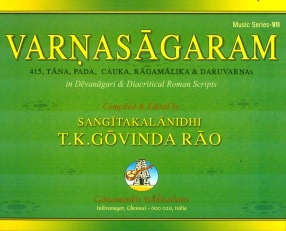
Varnasagaram: 415 Tana, Pada, Cauka, Ragamalika and Daru Varnas
-
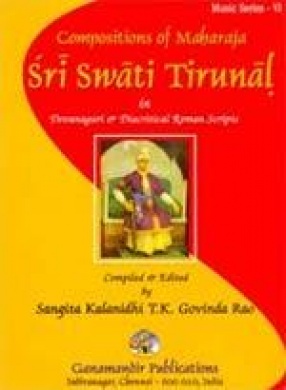
Compositions of Maharaja Swati Tirunal in Devanagari and Diacritical Roman Scripts with SRGM Notations and Meaning in English
-

Compositions of Maharaja Swati Tirunal in Devanagari and Diacritical Roman Scripts with SRGM Notations and Meaning in English
-
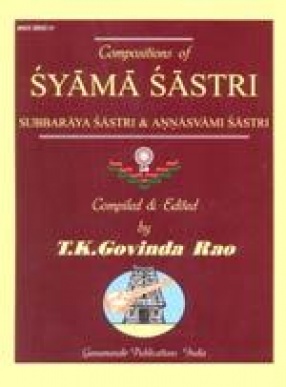
Compositions of Syama Sastri: Subbaraya Sastri & Annasvami Sastri in National and International Scripts: Devanagari & Roman with meaning and SRGM notations in English

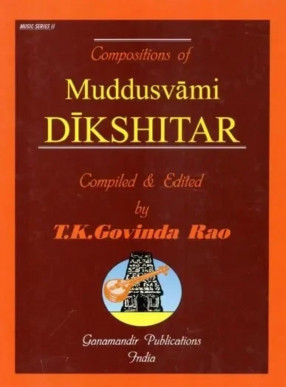
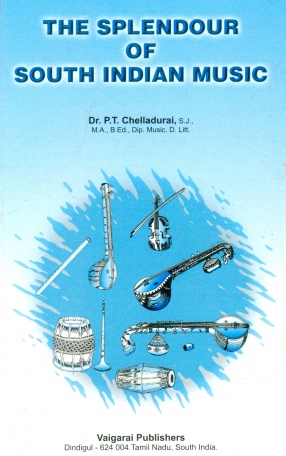
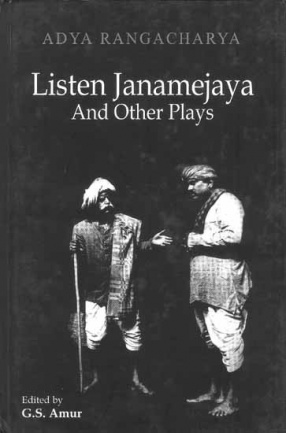
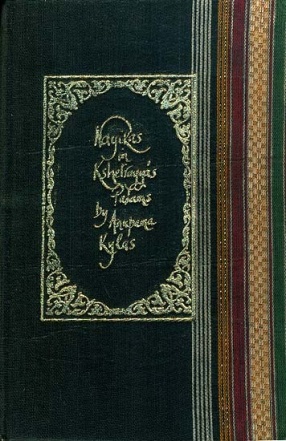
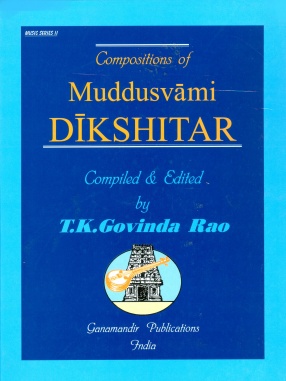

Bibliographic information